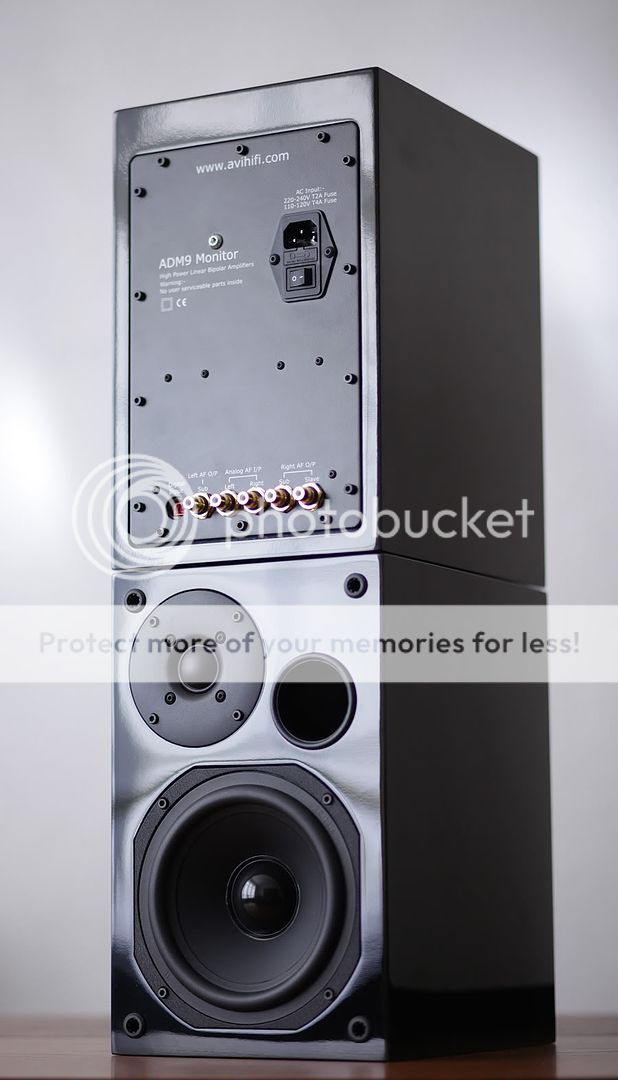Darth Vader
From the Dark Side
To give some idea, we run a >250VA transformer giving +/- 36v rails to deliver 120w RMS - and a large heatsink hanging off the back of the speaker.
That looks about right (quick approximation). 120w RMS ~ 168w peak and that gives a current of ~4.7A from a 36v rail. From this it can be derived that the load is summat like 7.7Ohms. Or perhaps me brain has fried.
Very oversimplified and not completely accurate but gives the gist.
Cheers,
DV
Just found a gramophone review:-
"Inside, the speakers each have a 75W amplifier for the tweeter and 250W for the mid/bass driver, according to AVI’s specifications, and ahead of these is an active crossover."
So perhaps that is the smaller amp in the photo?
Full review http://www.gramophone.co.uk/editori...ve-speakers-prove-a-viable-system-alternative





